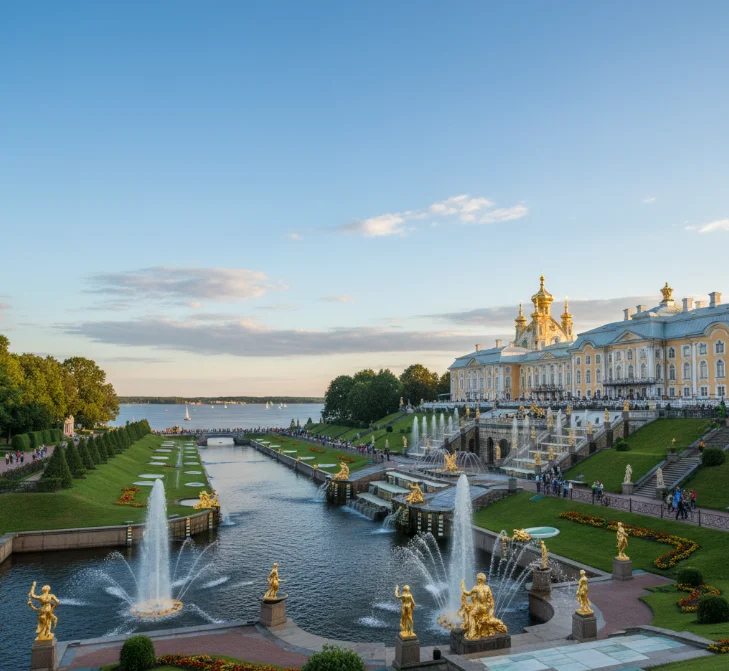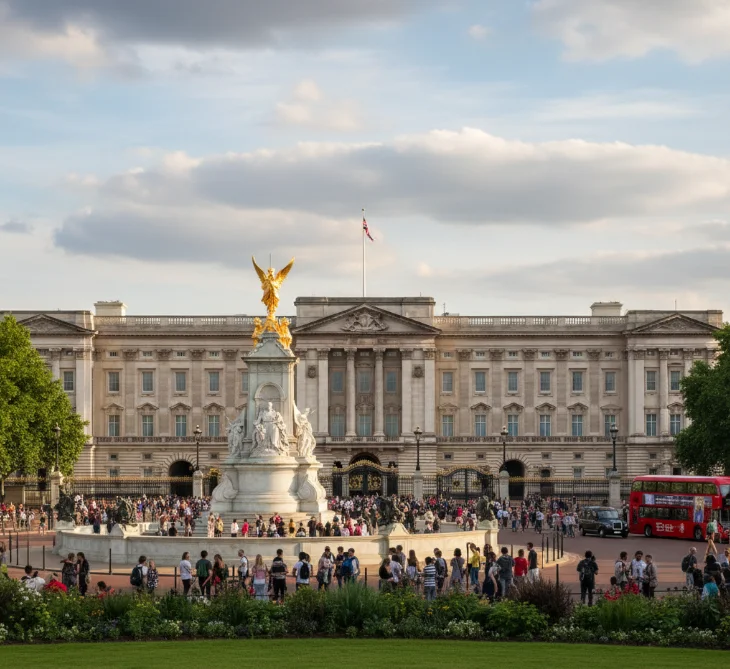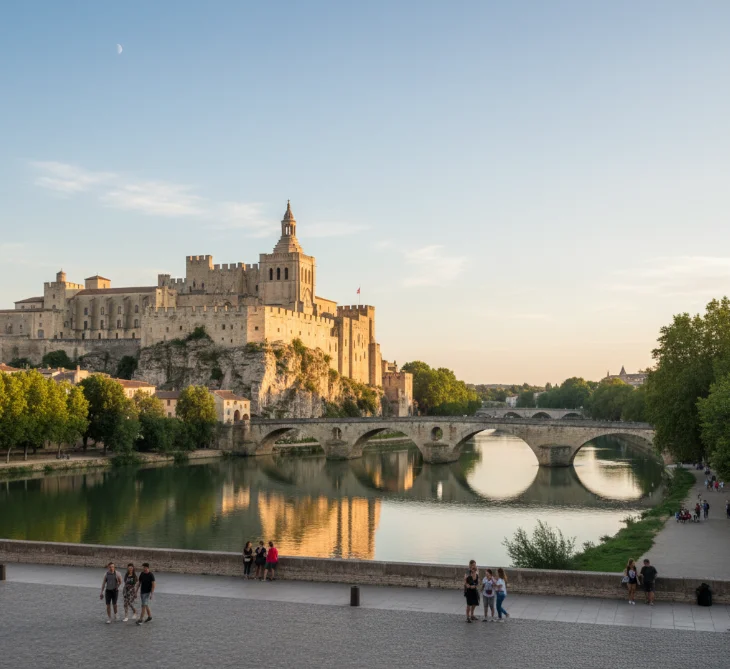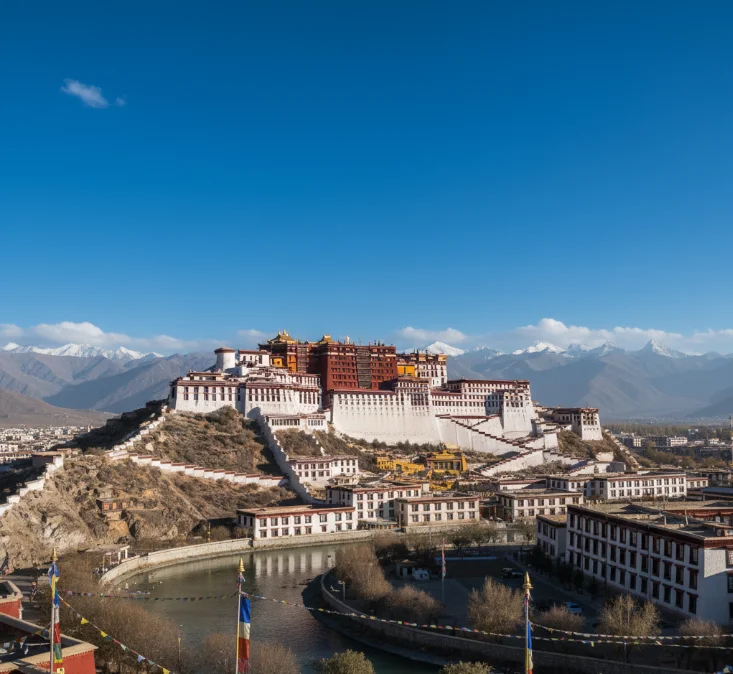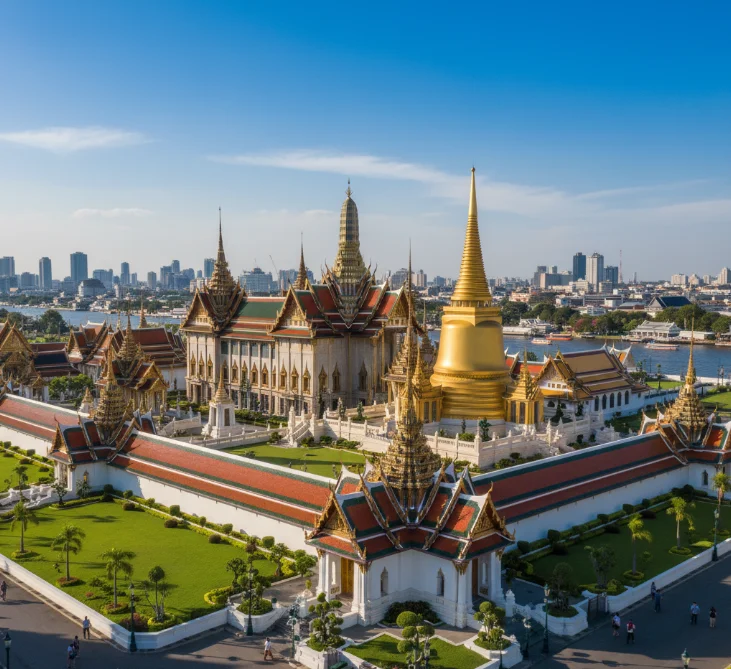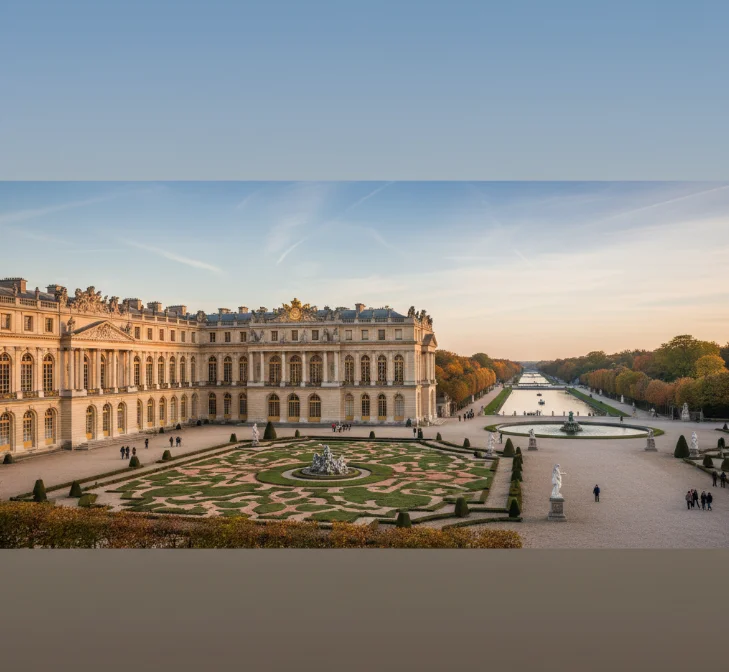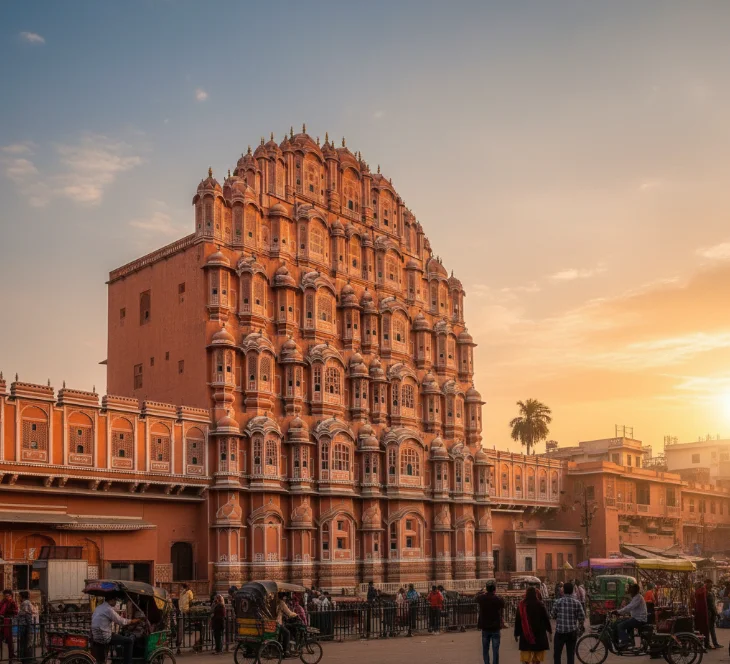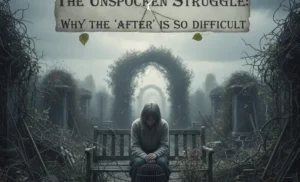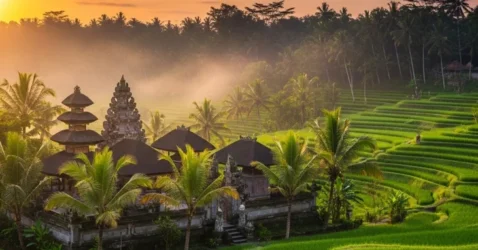A Glimpse into Grandeur: The World’s Most Breathtaking Royal Palaces
Royal palaces have long captured our imaginations. They are more than just homes; they are symbols of power, history, and incredible architectural ambition. With their sprawling grounds, opulent rooms, and a sense of history that seems to seep from every stone, these magnificent structures are a testament to the past glories of monarchs and rulers. While most of us can only dream of living within their hallowed halls, we can still appreciate their breathtaking beauty and the stories they hold.
From the grand estates of Europe to the awe-inspiring fortresses of Asia, these palaces are among the most celebrated and stunning in the world. They offer a window into a time when design and craftsmanship were elevated to an art form, and their legacy continues to inspire wonder today.
1. Peterhof Palace, Russia
Known as the “Russian Versailles,” the Peterhof Palace is a marvel of engineering and artistry. Built for Tsar Peter the Great in the early 18th century, this palace complex was designed to demonstrate Russia’s newfound sophistication and its emergence as a major European power. The palace is renowned for its immense, meticulously decorated rooms, each one a testament to luxury and grandeur. The real showstopper, however, is the Grand Cascade, a series of powerful fountains that tumble down a terraced hillside. These fountains, operating without pumps, are a hydro-engineering masterpiece and draw visitors from around the globe. The palace’s gardens are a perfect blend of natural beauty and human ingenuity, with manicured paths, hidden fountains, and gilded statues that gleam in the sunlight. Peterhof Palace isn’t just a building; it’s a statement of imperial ambition, and it remains one of the most stunning royal residences ever created.
2. Buckingham Palace, England
Perhaps the most famous palace in the world, Buckingham Palace is the official London residence of the British monarch. At over 300 years old, it has stood as a symbol of the British monarchy’s enduring power and stability. Despite its age, it remains a vibrant and central part of British life. The palace contains 775 rooms, including 19 State Rooms used for official and ceremonial events. The most iconic events associated with the palace are the Changing of the Guard ceremony, a spectacle of precision and tradition, and the royal balcony appearances on special occasions. While the palace is a bustling operational headquarters, its splendor is unmistakable, from its grand, gilded gates to the magnificent facade that has been the backdrop for countless historic moments. It is a place of pomp and ceremony, embodying the rich history and continued relevance of the British royal family.
3. Palais des Papes, France
While not a traditional royal palace, the Palais des Papes, or “Palace of the Popes,” in Avignon holds a special place in history and a majestic presence that rivals any royal residence. From the early 14th century, it was the seat of Western Christianity and the residence of the popes. Its massive scale and fortress-like appearance were designed to provide not only a home but also a secure stronghold. After the popes returned to Rome, the palace was famously occupied by Napoleon Bonaparte. The building’s sheer size and formidable architecture give it a royal aura of protection and authority. Its stark, imposing stone walls and vast courtyards tell a story of a turbulent and powerful era in European history. Today, it stands as one of Europe’s largest and most important medieval Gothic buildings, a true testament to the power of the church and a fascinating site for visitors.
4. Potala Palace, Tibet
Perched on the side of a mountain, Potala Palace in Lhasa, Tibet, is an architectural marvel that seems to touch the sky. Built in 1649, its location and design give it an almost divine quality, making visitors feel as if they are ascending to heaven. The palace was the winter residence of the Dalai Lamas and a spiritual heartland for the region. Its construction at such a high altitude is an incredible feat, and the complex is home to more than 10,000 statues and intricate religious murals. Potala Palace is divided into the Red Palace, dedicated to prayer and study, and the White Palace, which served as the living quarters of the Dalai Lamas. The sheer scale and spiritual significance of this palace are overwhelming. While it no longer serves as a residence, its role as a sacred monument and a breathtaking example of Tibetan architecture ensures its place among the world’s most beautiful palaces.
5. The Grand Palace, Thailand
True to its name, The Grand Palace in Bangkok is an expansive complex of buildings, halls, and pavilions that served as the official residence of the Kings of Siam (now Thailand) from the late 18th century onward. Built in 1782, it is relatively new compared to some of the others on this list, but its intricate, vibrant architecture is a breathtaking example of traditional Thai design. The palace complex is a stunning mosaic of vibrant colors, gilded spires, and elaborate carvings. The most sacred part of the palace is the Temple of the Emerald Buddha, which houses a highly revered Buddha statue carved from a single block of jade. Although no longer a royal residence, the Grand Palace remains a spiritual and ceremonial hub, attracting millions of visitors who come to admire its unique and dazzling beauty. Its beauty and cultural significance make it a must-see landmark.
6. Palace of Versailles, France
The name Versailles is synonymous with luxury and extravagance. This palace, built by King Louis XIV, is arguably the most famous and most decadent royal palace in the world. Originally a modest hunting lodge, it was transformed into a colossal symbol of absolute monarchy. The palace’s grandeur is almost impossible to comprehend, from the Hall of Mirrors with its 357 mirrors to the meticulously landscaped gardens that stretch for miles. The entire estate was designed to impress and project the king’s power and divine right to rule. The sheer opulence and scale of Versailles set a standard for royal residences that few others have ever matched. Today, it stands as a UNESCO World Heritage site, drawing tourists who seek to walk in the footsteps of royalty and witness the unbelievable grandeur of a bygone era.
7. Hawa Mahal, India
The Hawa Mahal, or “Palace of Winds,” in Jaipur, India, is truly one-of-a-kind. Built in 1799, its magnificent facade is its most striking feature. The five-story structure, made of red and pink sandstone, is famous for its intricate, honeycomb-like design. It features 953 small windows, or jharokhas, that allowed the royal ladies of the palace to observe street festivals and daily life without being seen from the outside. The design also created a natural cooling effect through the “Venturi effect,” earning the building its name. While its interior offers much to explore, it is the stunning exterior that truly captures the imagination. The Hawa Mahal is a masterpiece of architectural creativity, and its delicate, ornate facade stands out as one of the most beautiful and unique palace fronts in the world.

